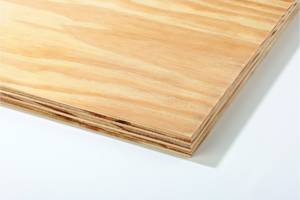 General description
General description
The species is widely distributed throughout continental Europe and is a timber tree of major economic importance. The large tree usually has a straight, cylindrical trunk and grows to a height of about 30 m (up to 55 m), with a large diameter of about 60 cm (up to 1,5 m).
Wood description
The colours range from creamy white to light yellow and to red-brown. Heartwood is not distinct from sapwood. Spruce is straight-grained with thin and regular texture. Resin canals are rather common. The wood is soft, low in weight and has medium density. The strength properties are good.
Sawing and machining is easy, also assembling. Spruce has a slight tendency to split when nailed.
Common uses
The typical end-uses for spruce wood are for structural end uses, indoors and outdoors, thus it is the most important building and construction timber in Europe. It is also used for decorative plywood, decorative veneer, domestic flooring, factory flooring, general carpentry, interior construction, joinery (external). Spruce wood from Central and Eastern Europe shows exceptional resonance qualities and is used for musical instruments like sound boards of pianos and bellies of violins and guitars.
Sawn Timber
- New Zealand Pine Wood
- Malaysian Red Meranti
- Malaysian Yellow Meranti
- Malaysian Kapur Sal
- Keurig
- African Hardwood
- Teak
KD Lumber
Panel Products
- Teak Solid Panel Doors
- Solid Panel Doors
- Door Frames (Chokhat)
- Wall Panelling
- Plywood (Utility Grade)
- Plywood (Premium Grade)
- Plywood (Economical Grade)
- Plywood (Commercial )
- Plywood (Shuttering)
- HDHMR Sheet
